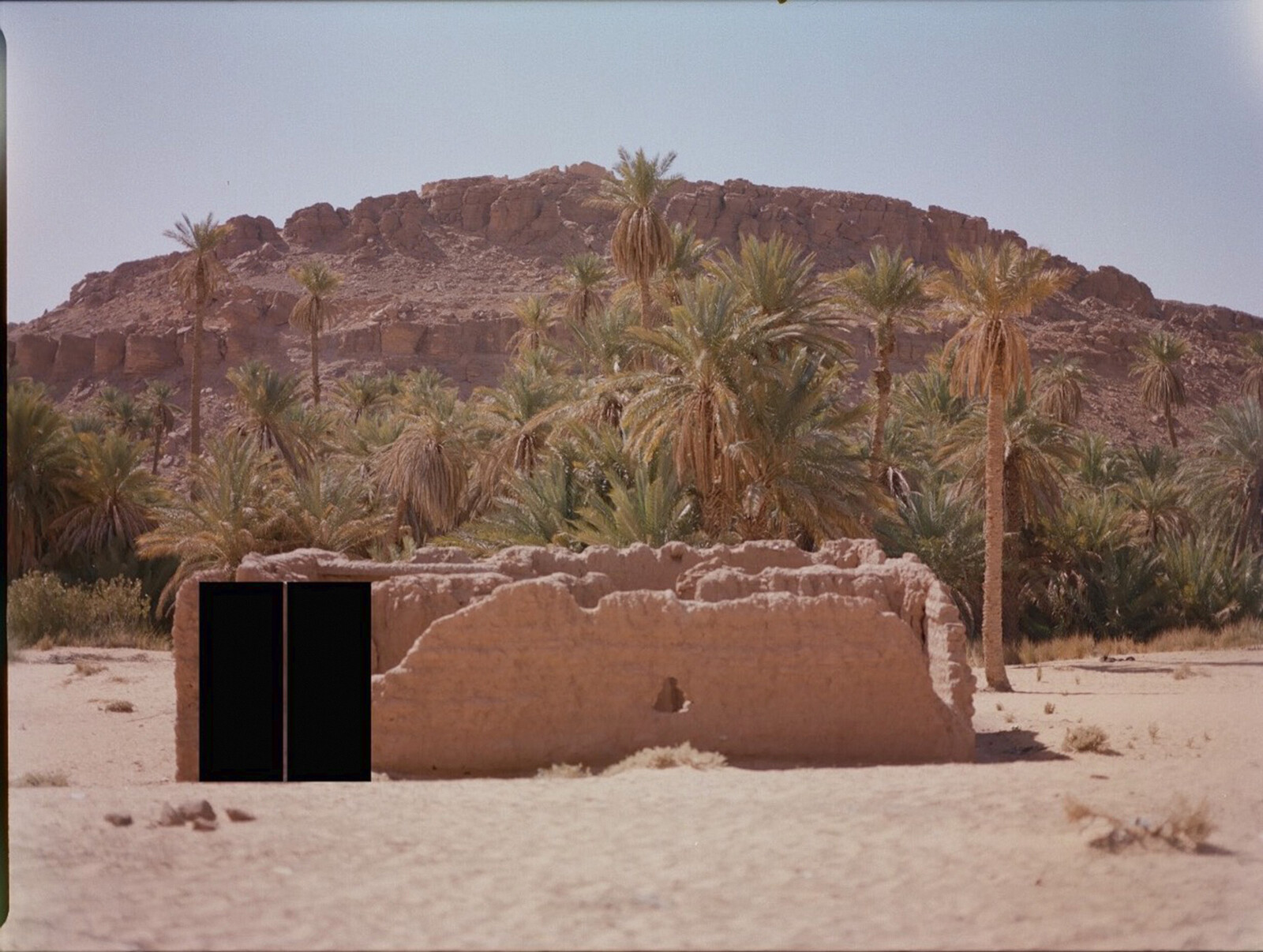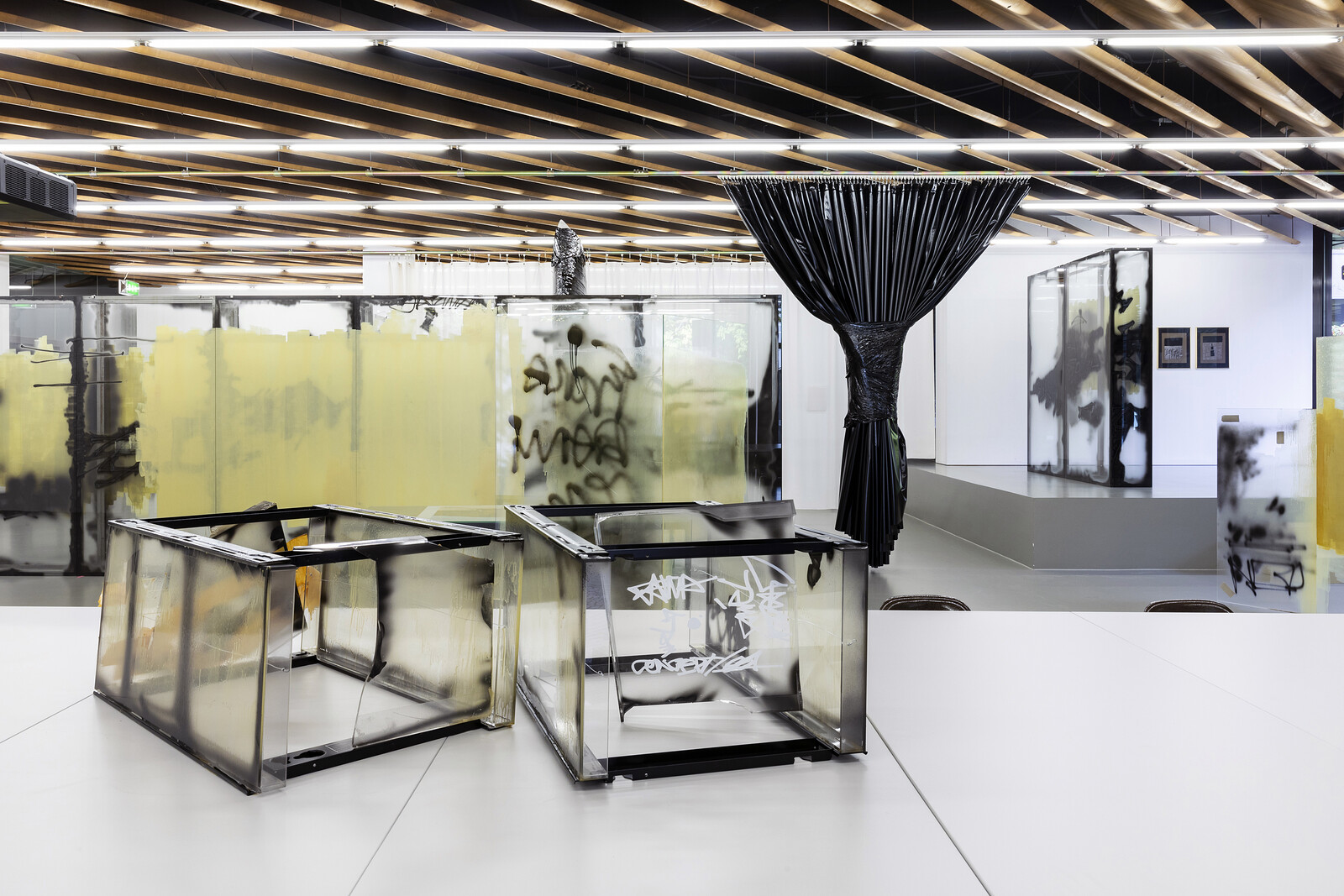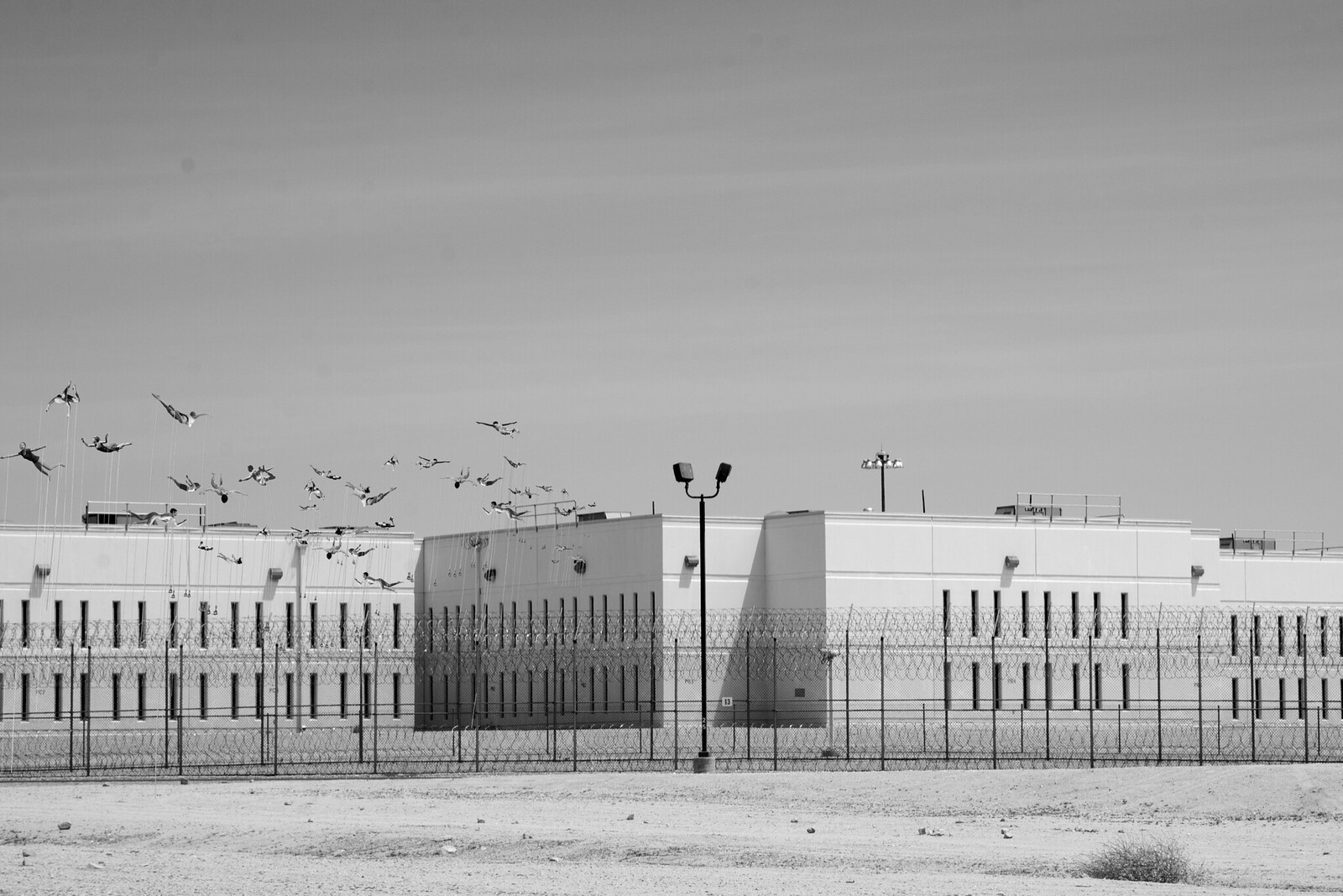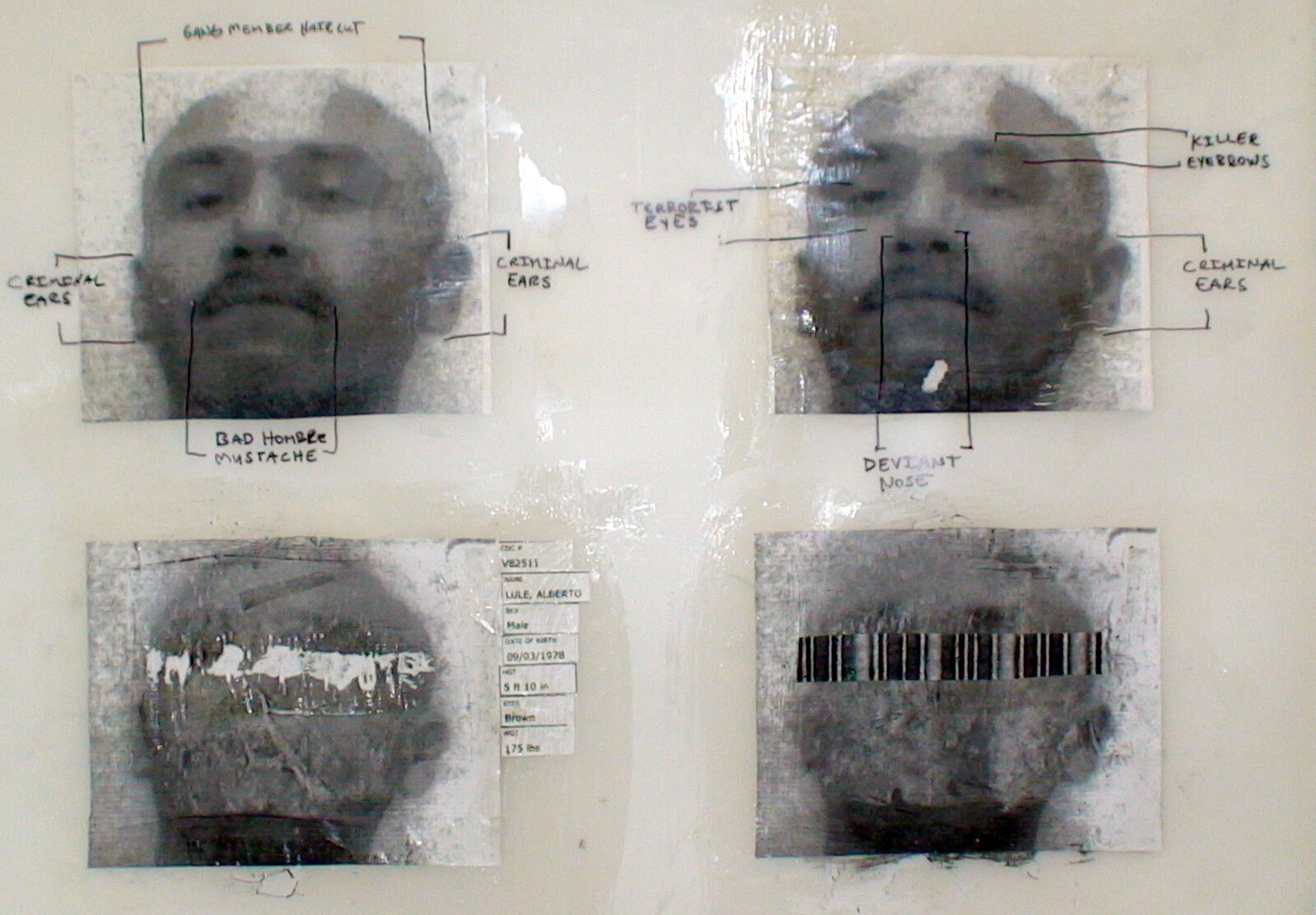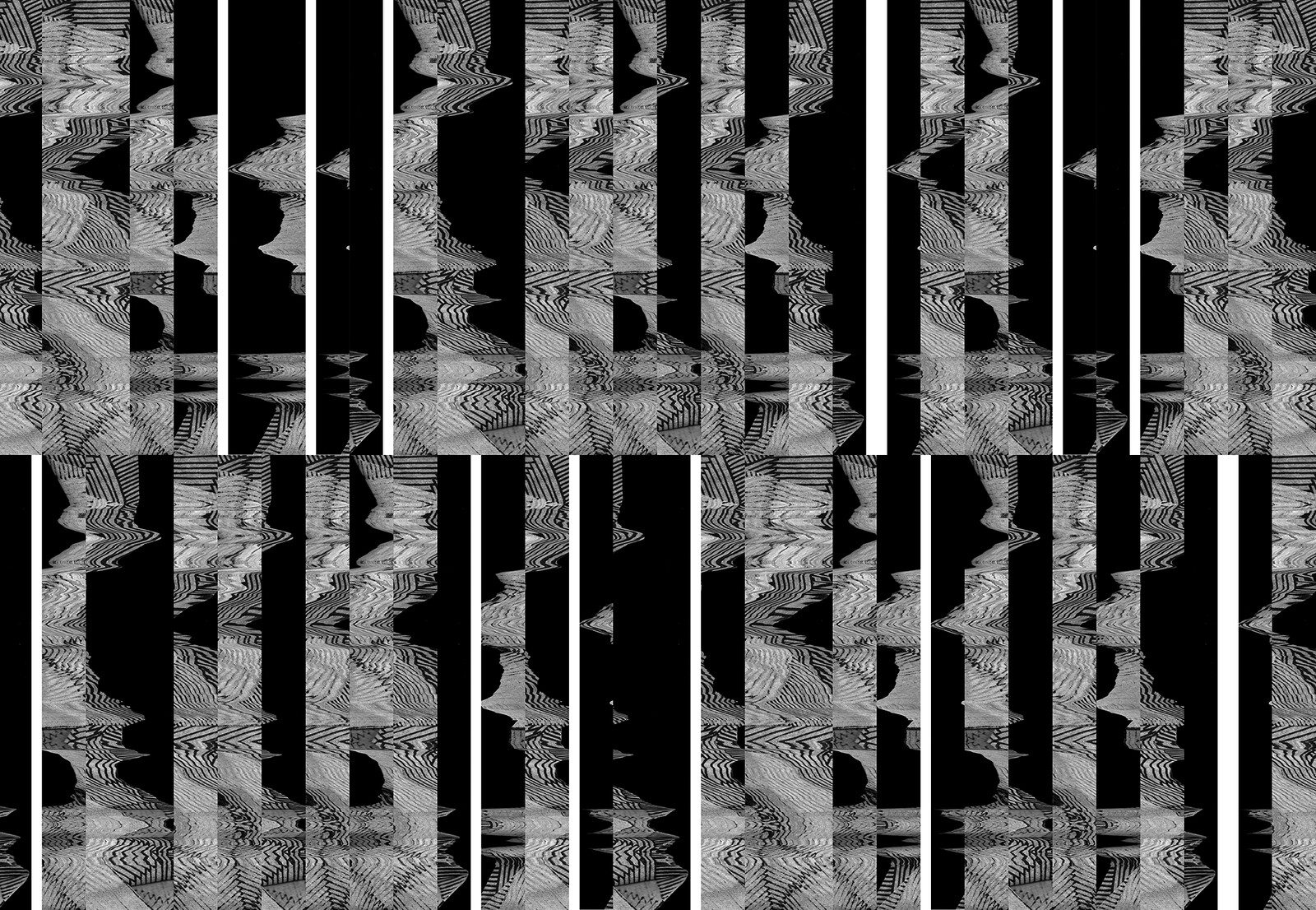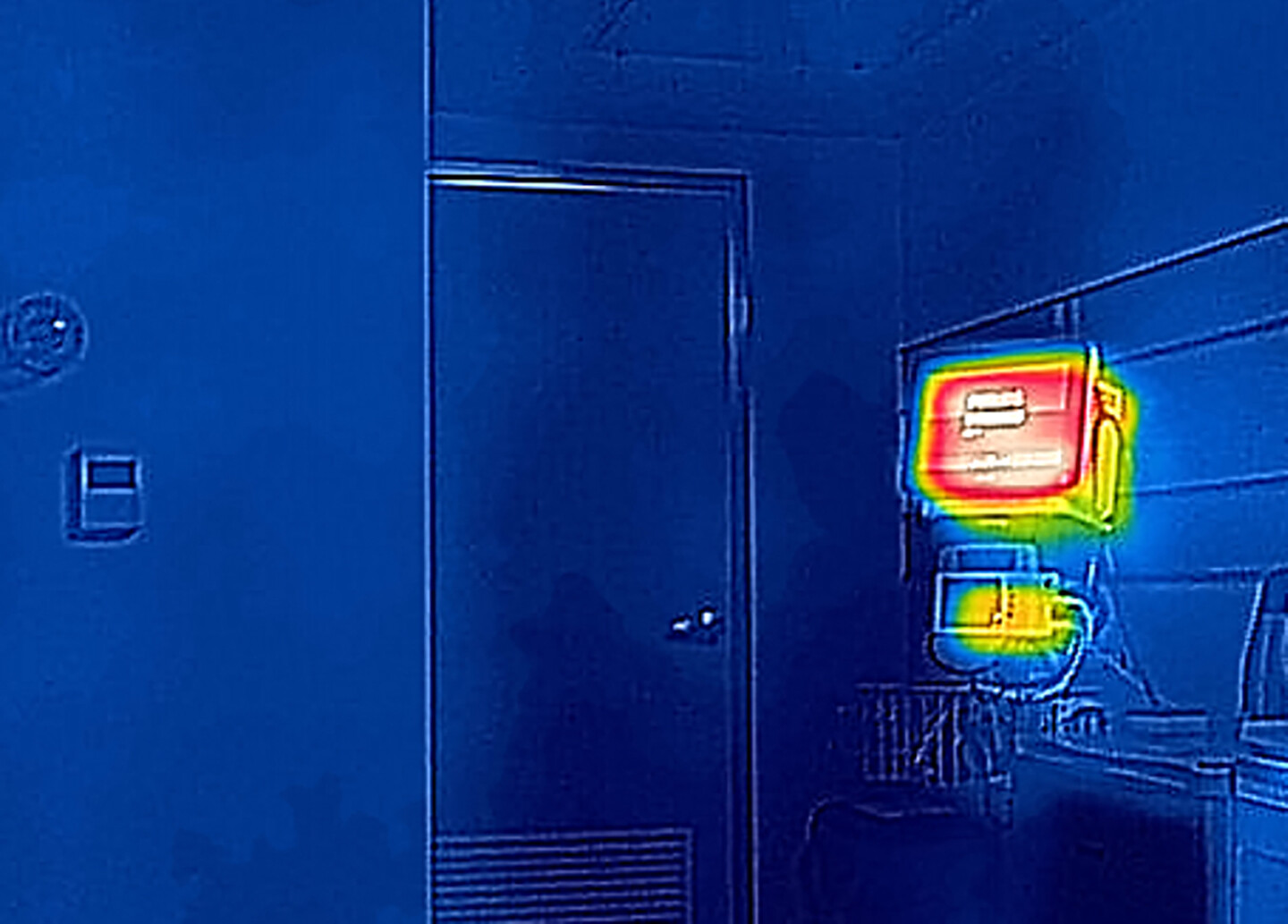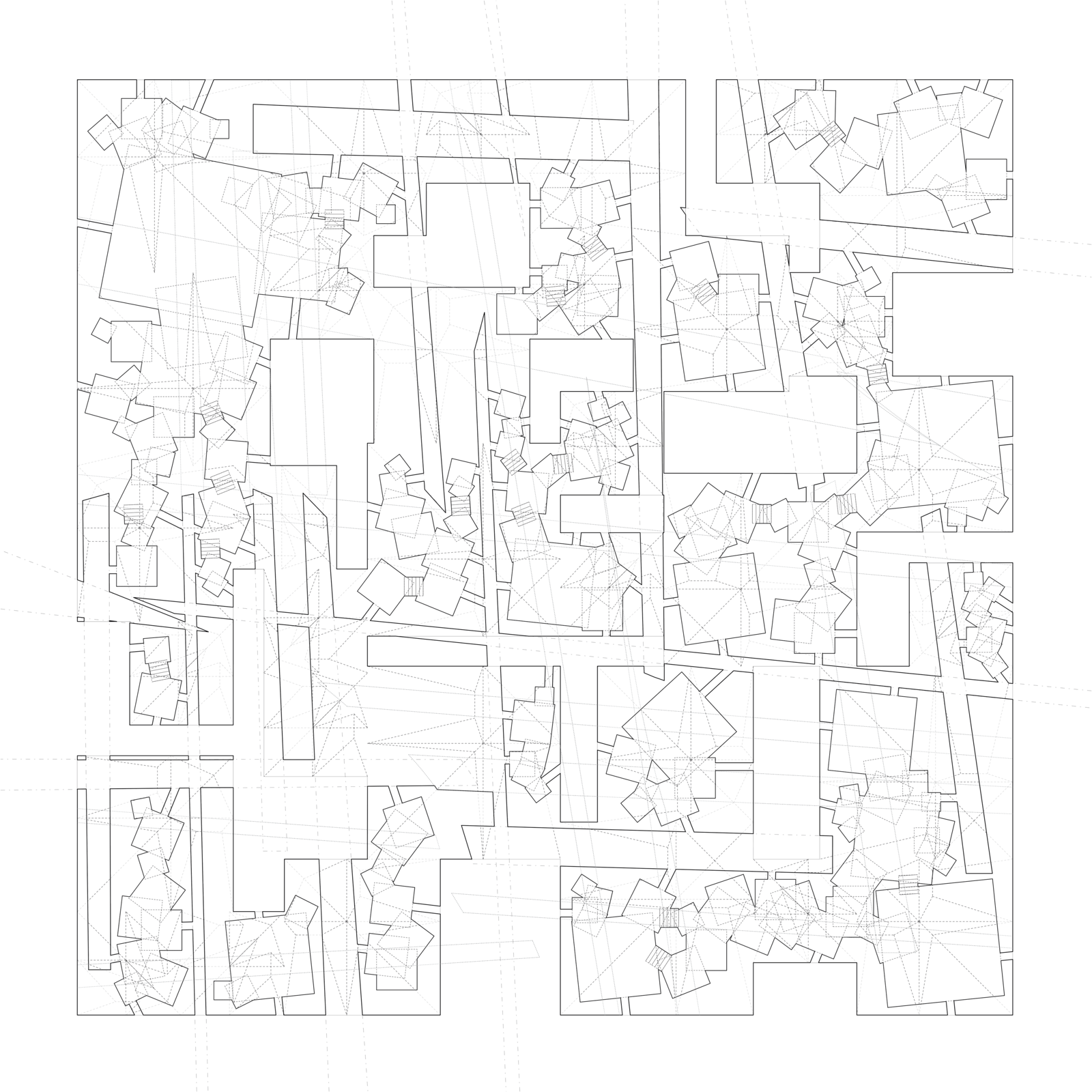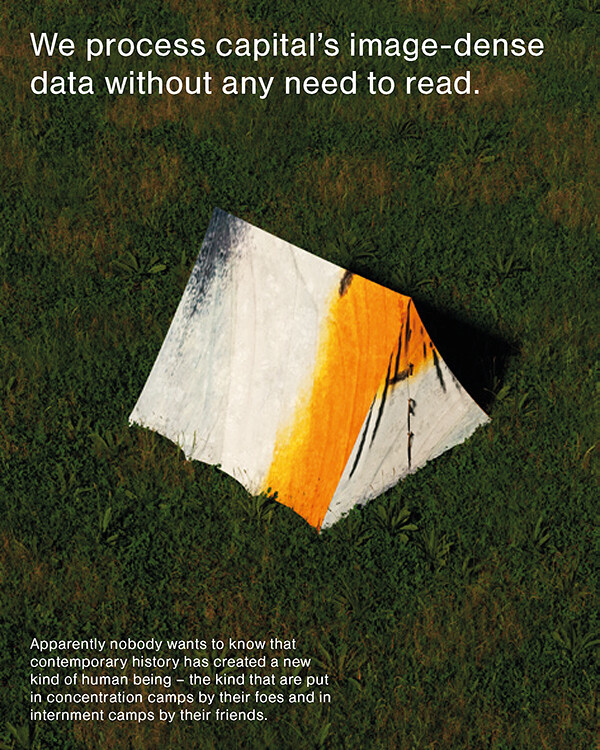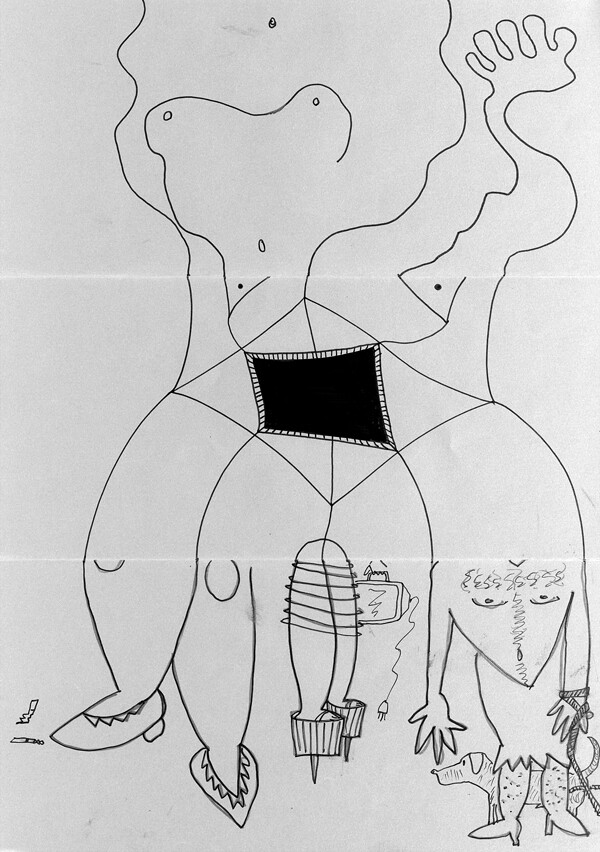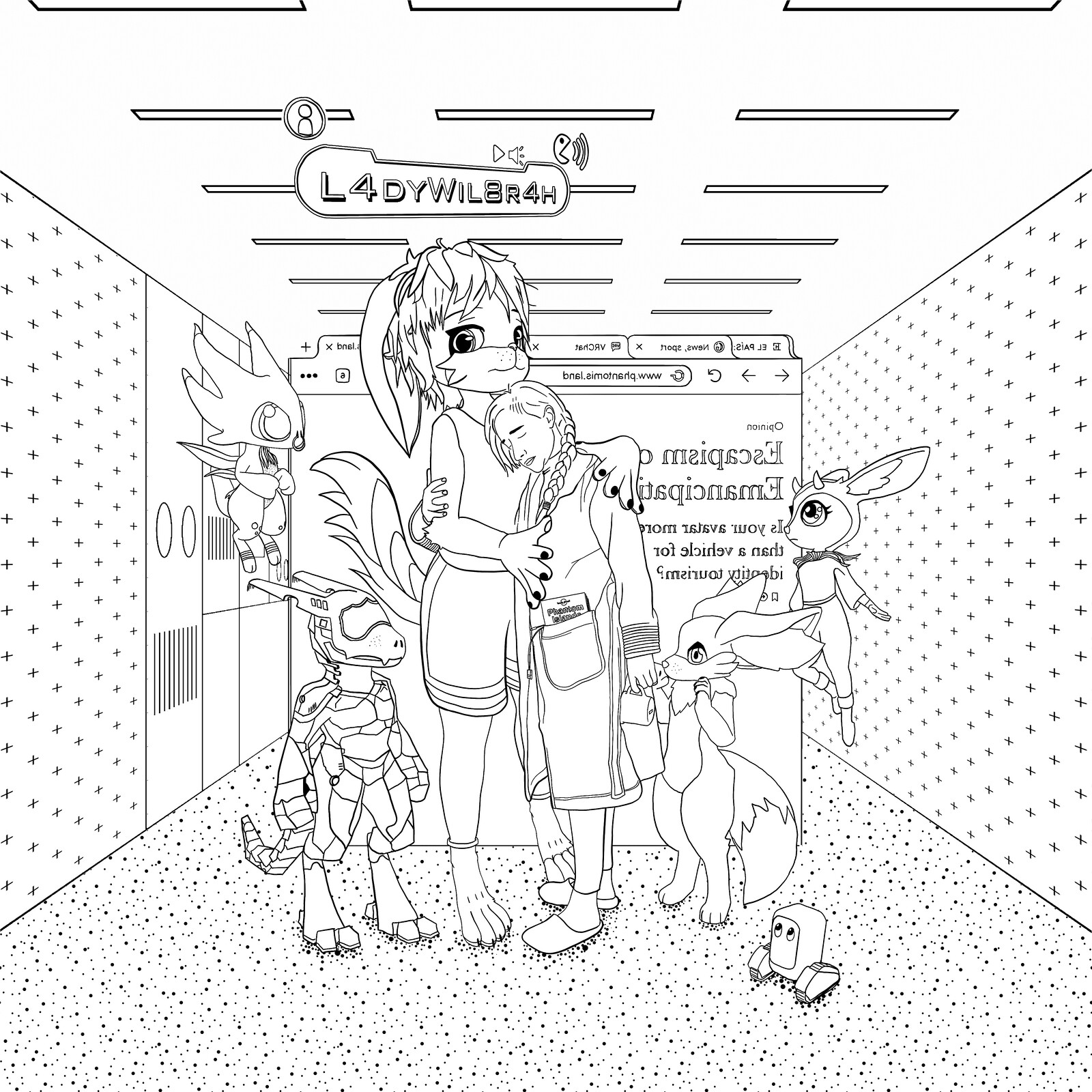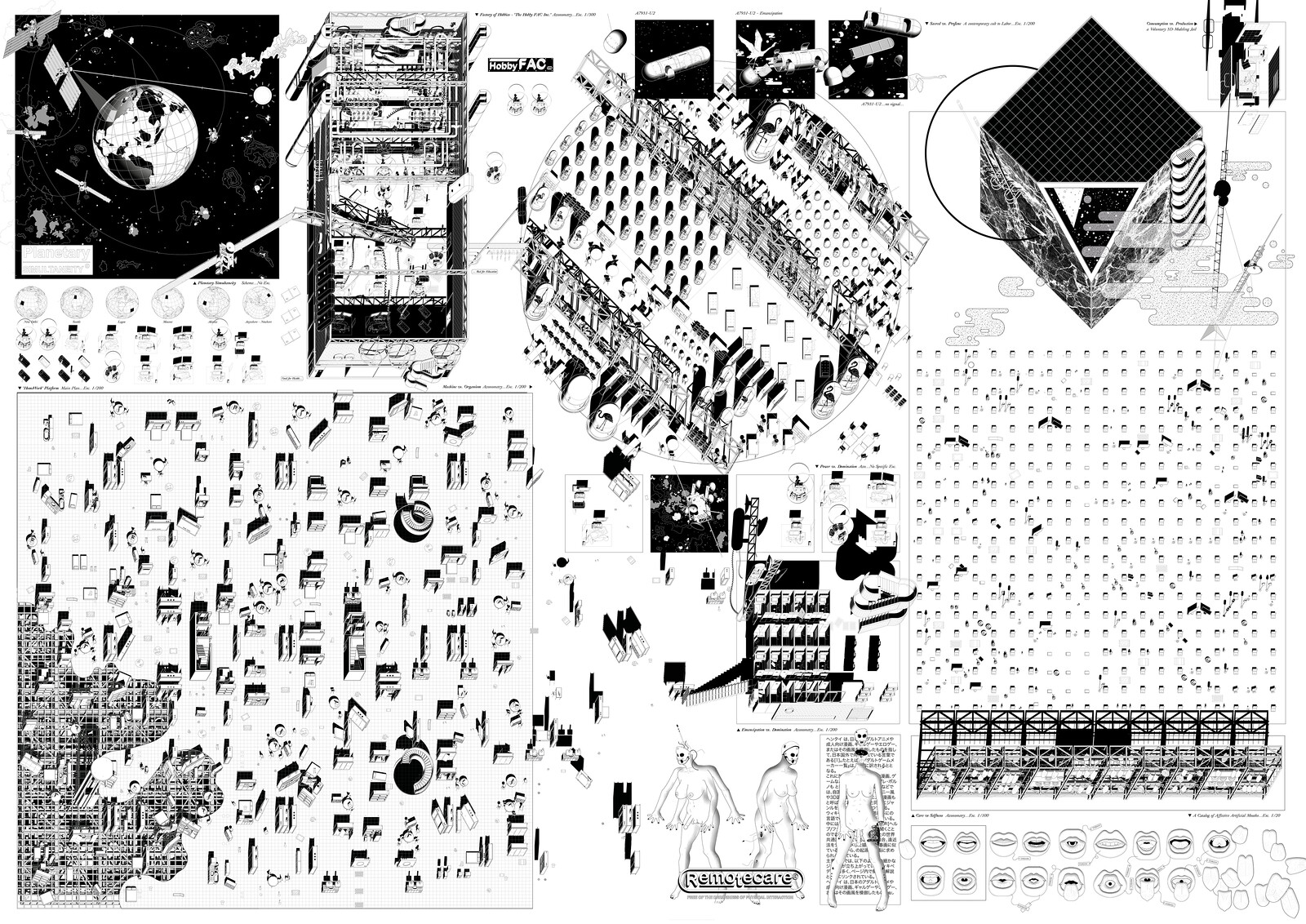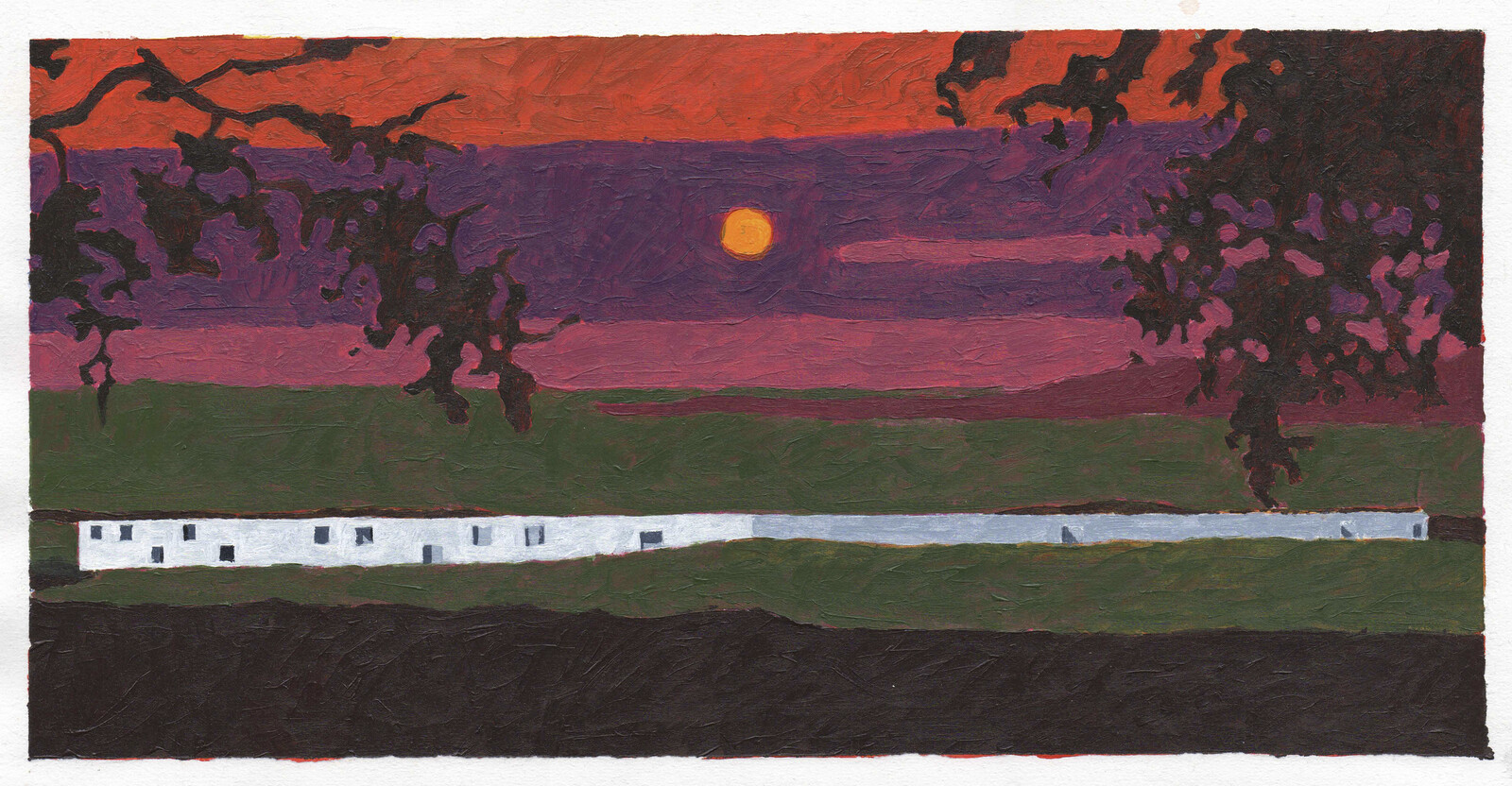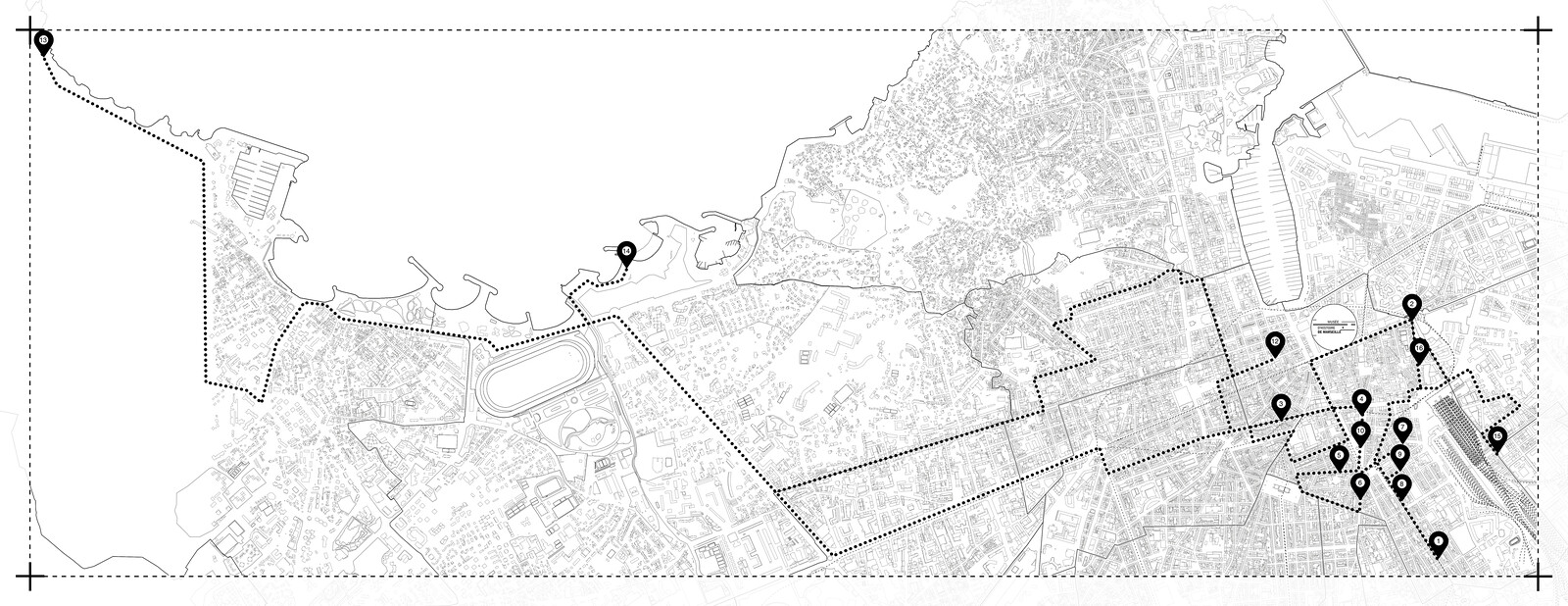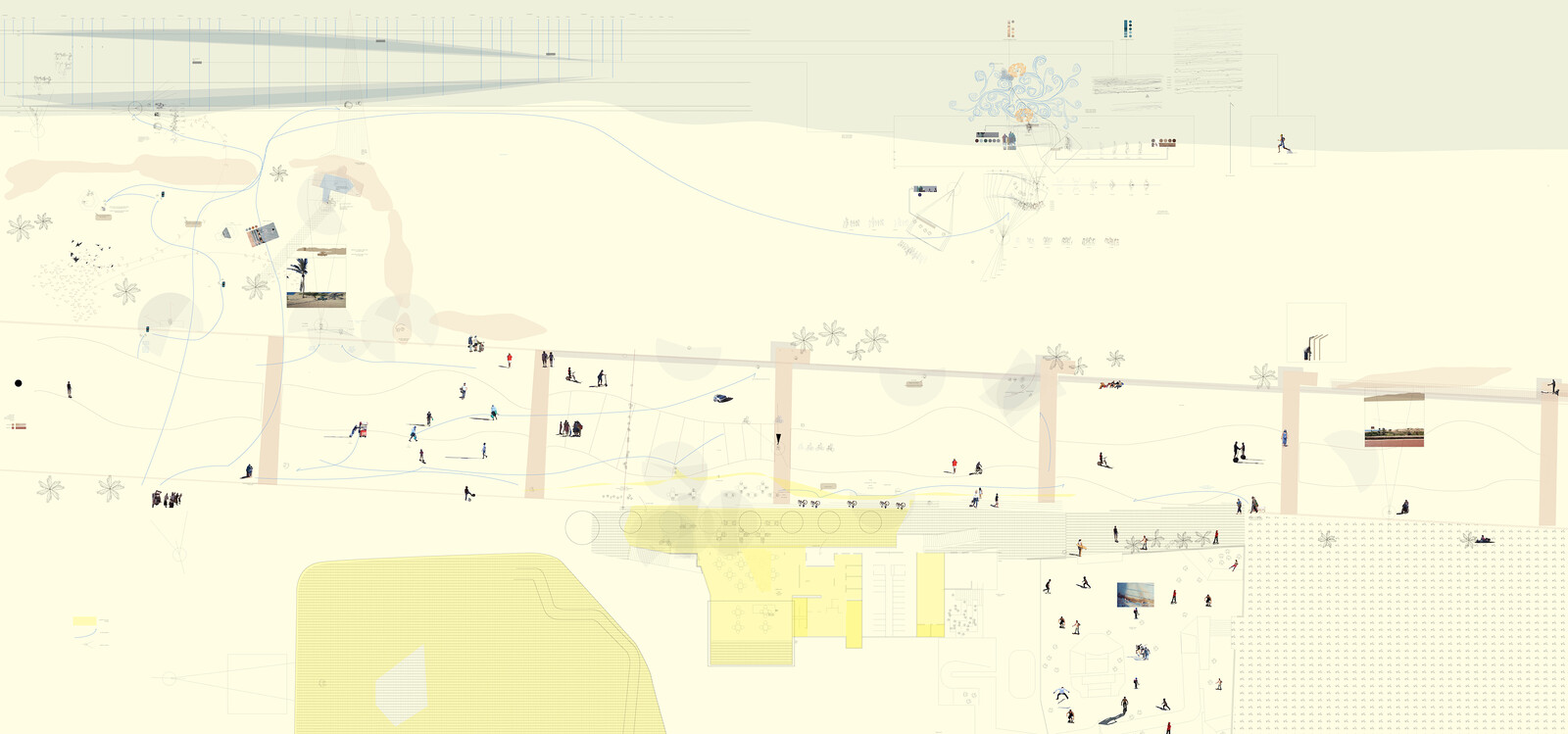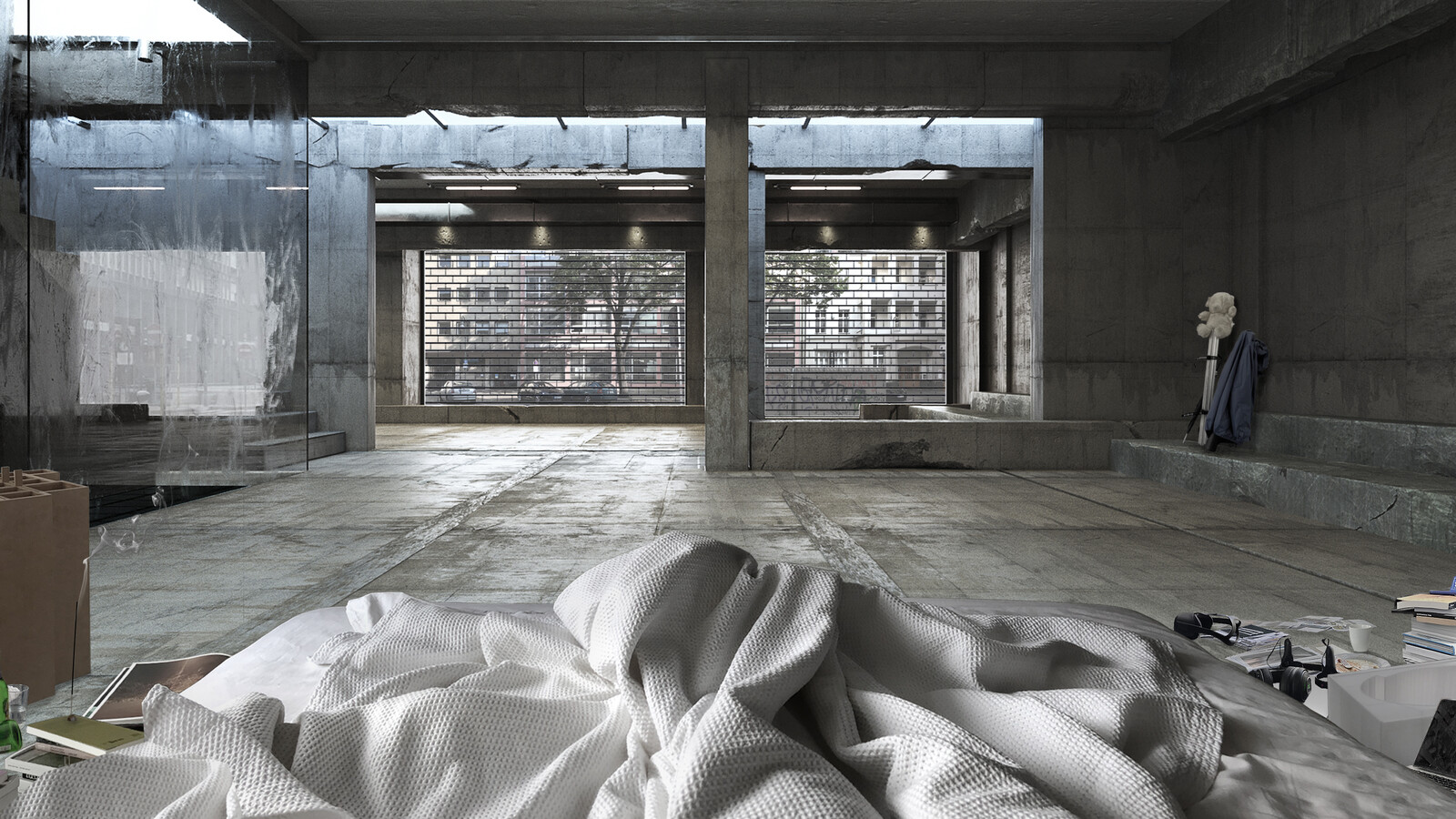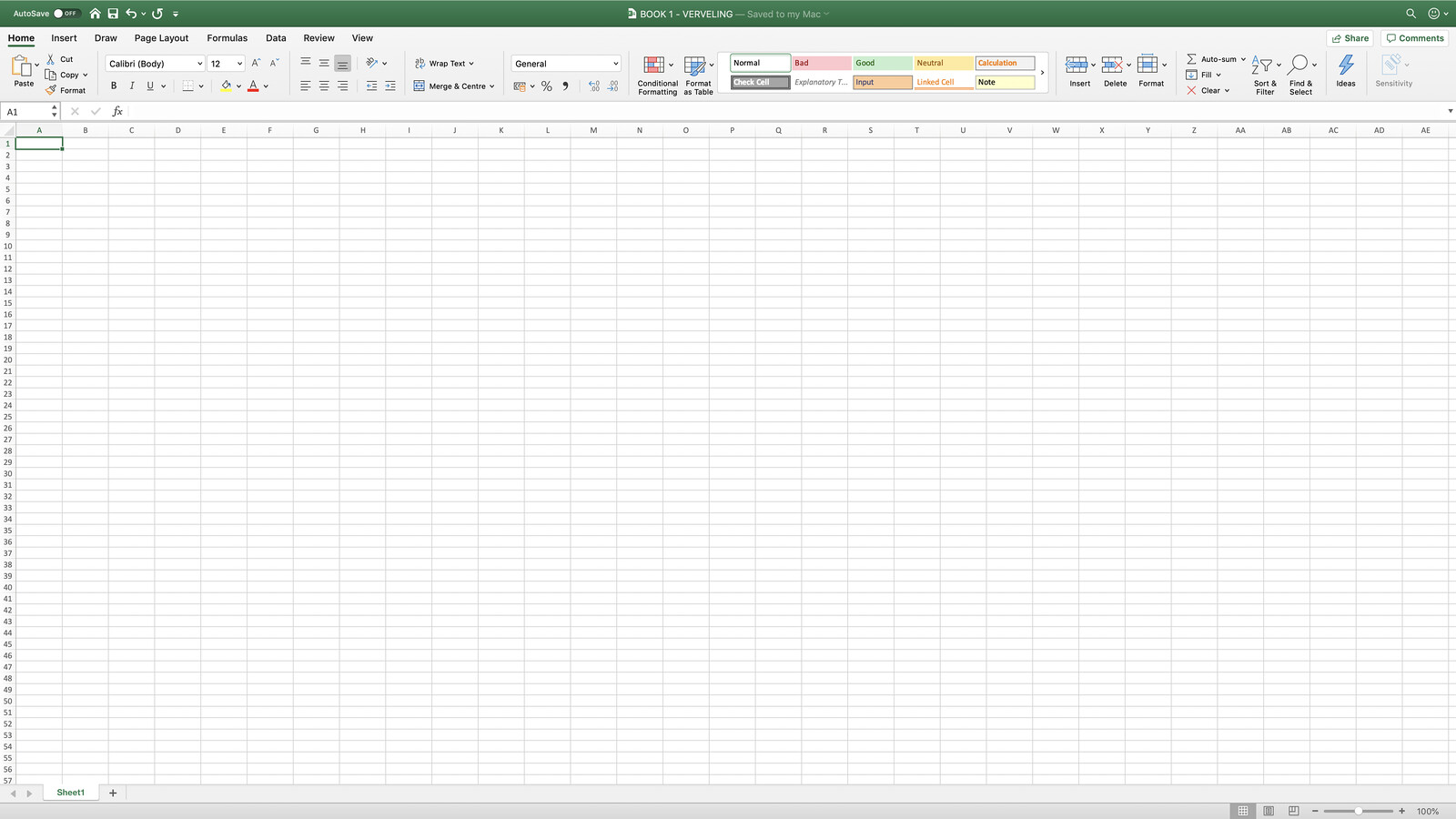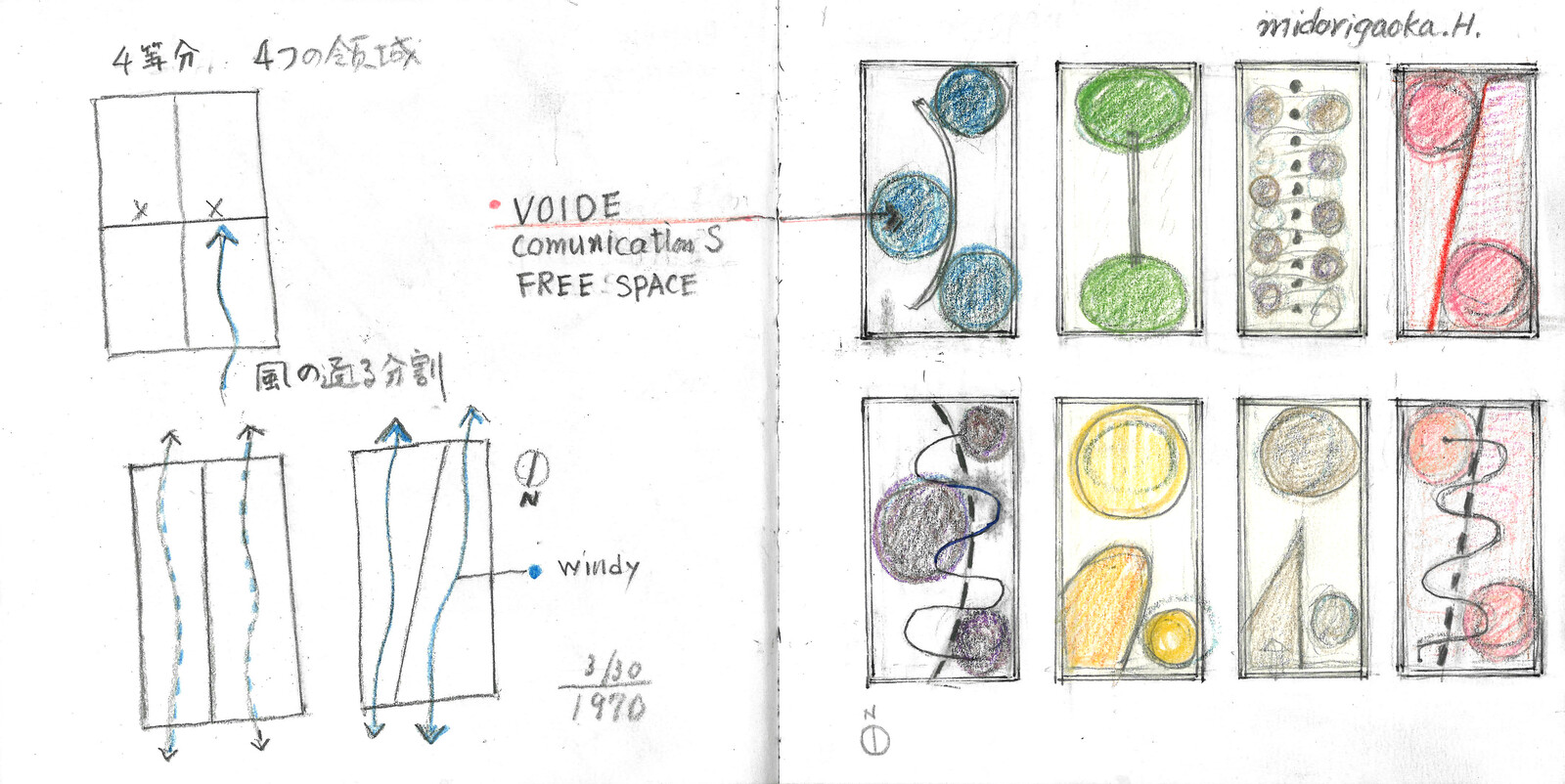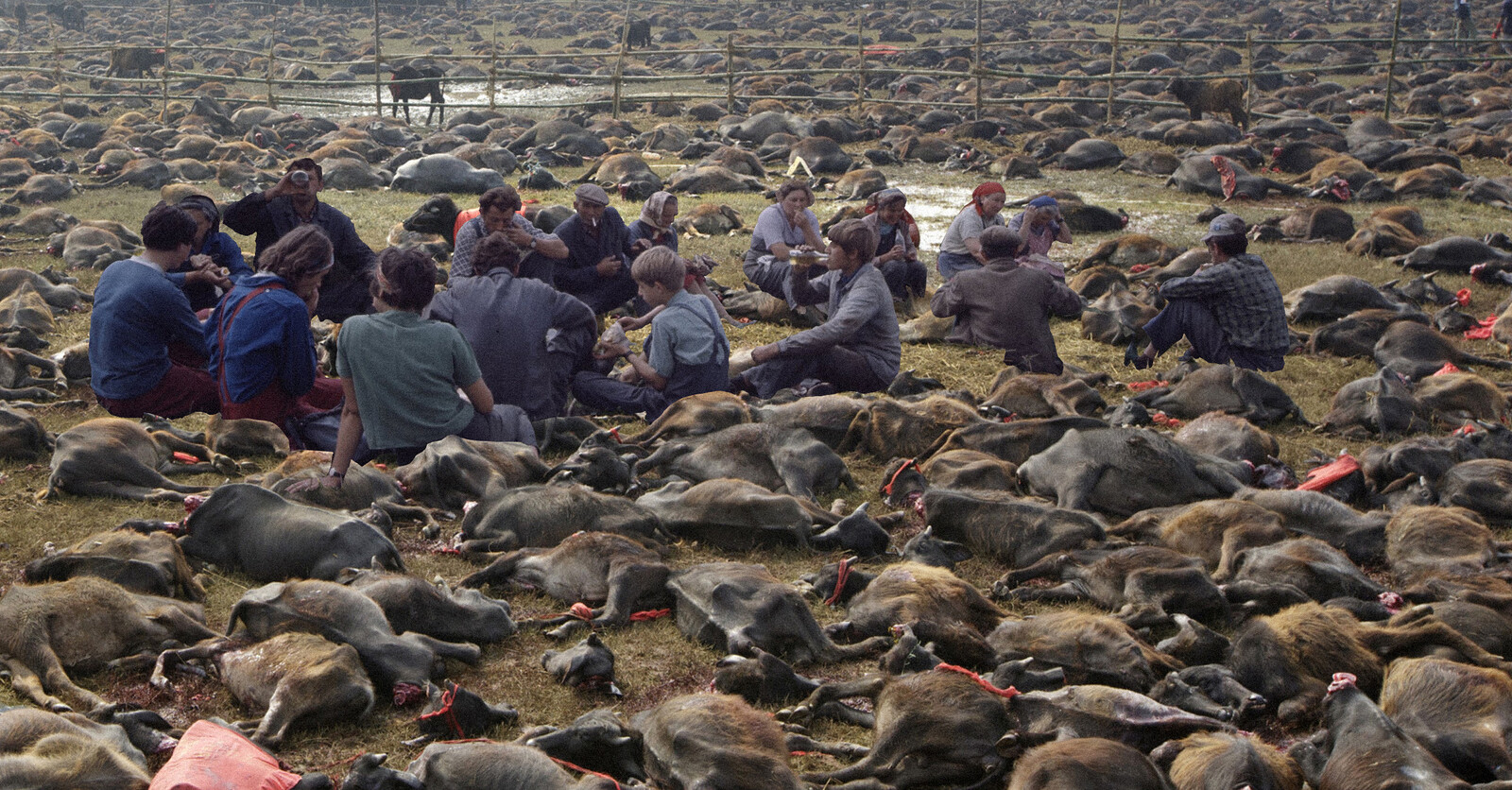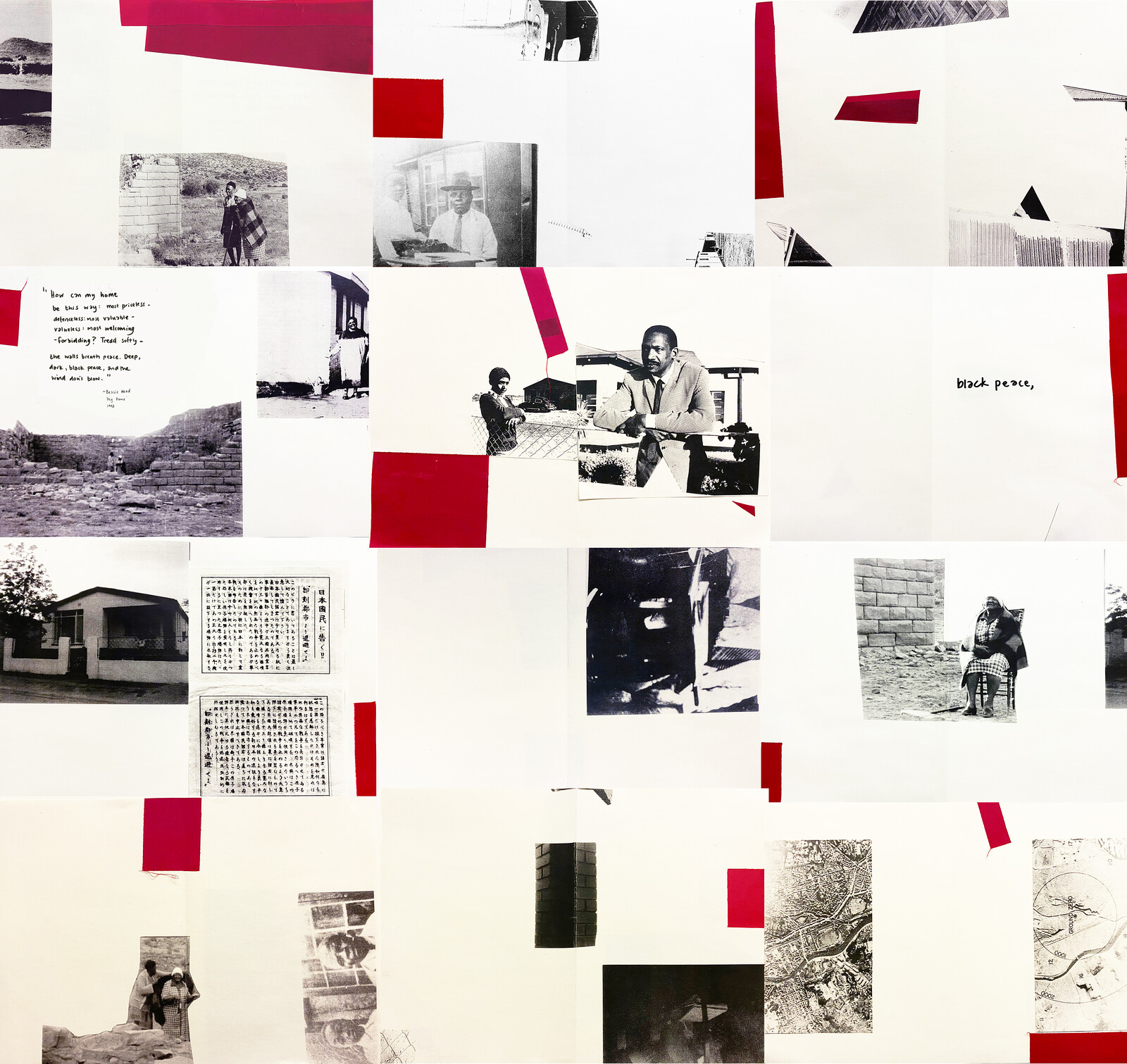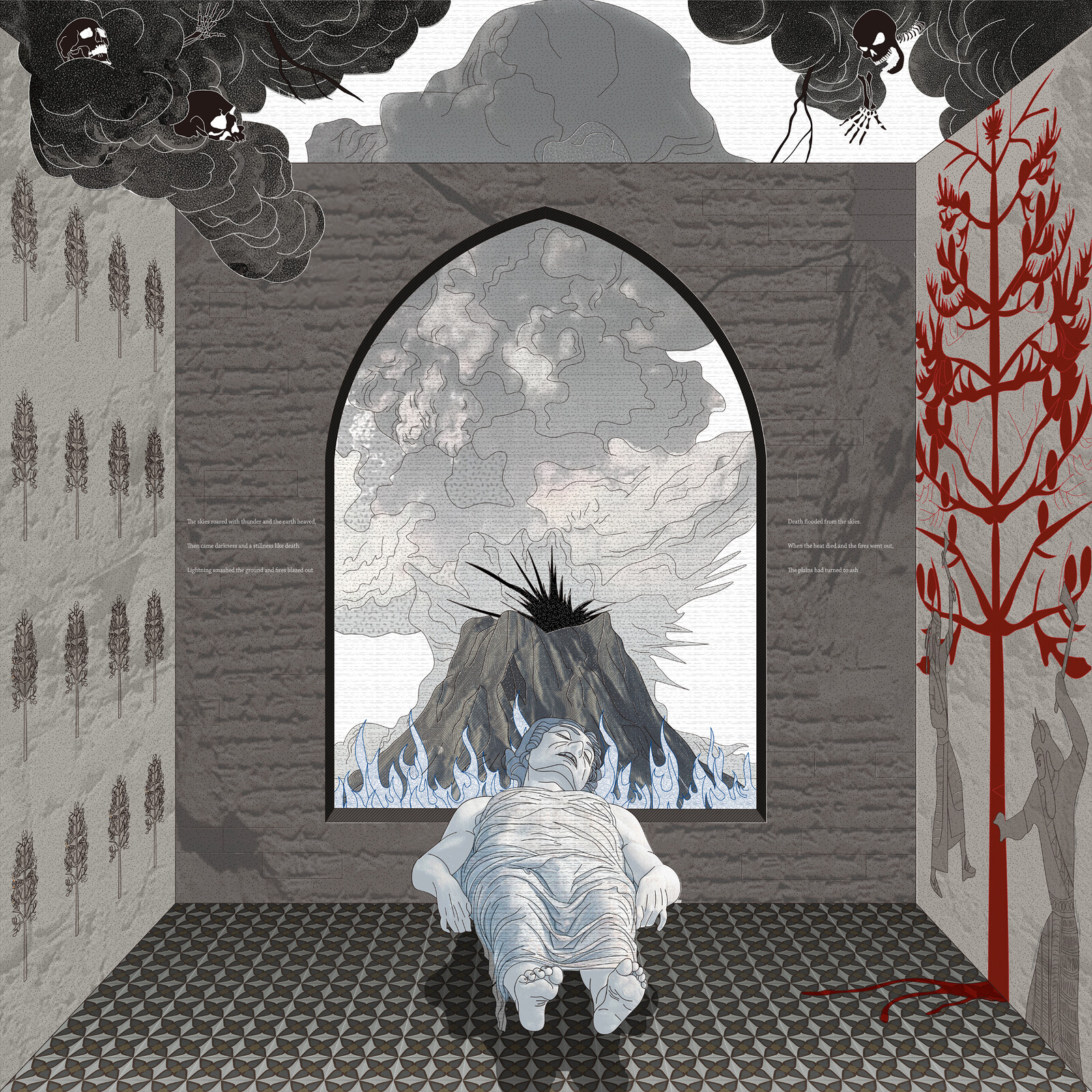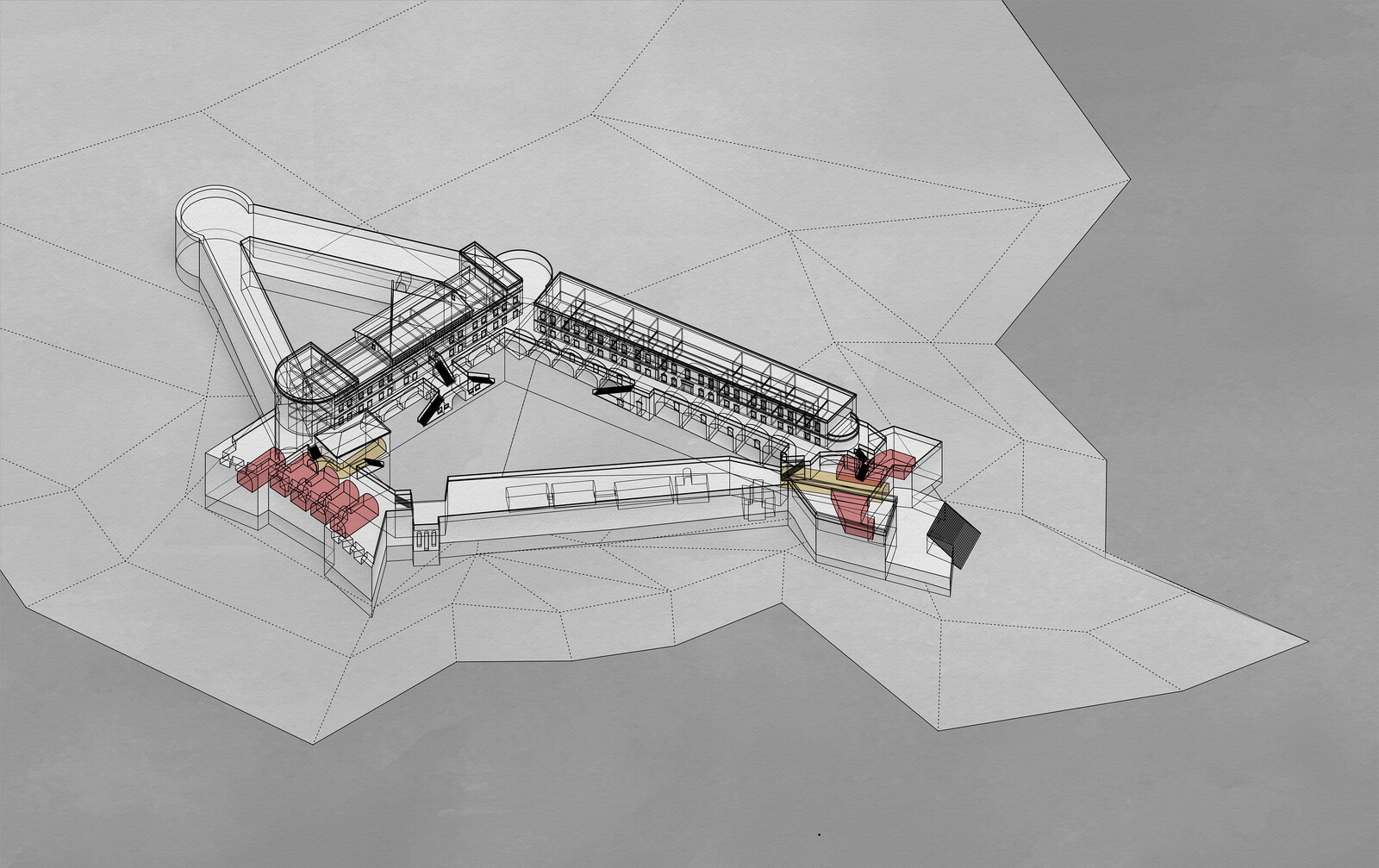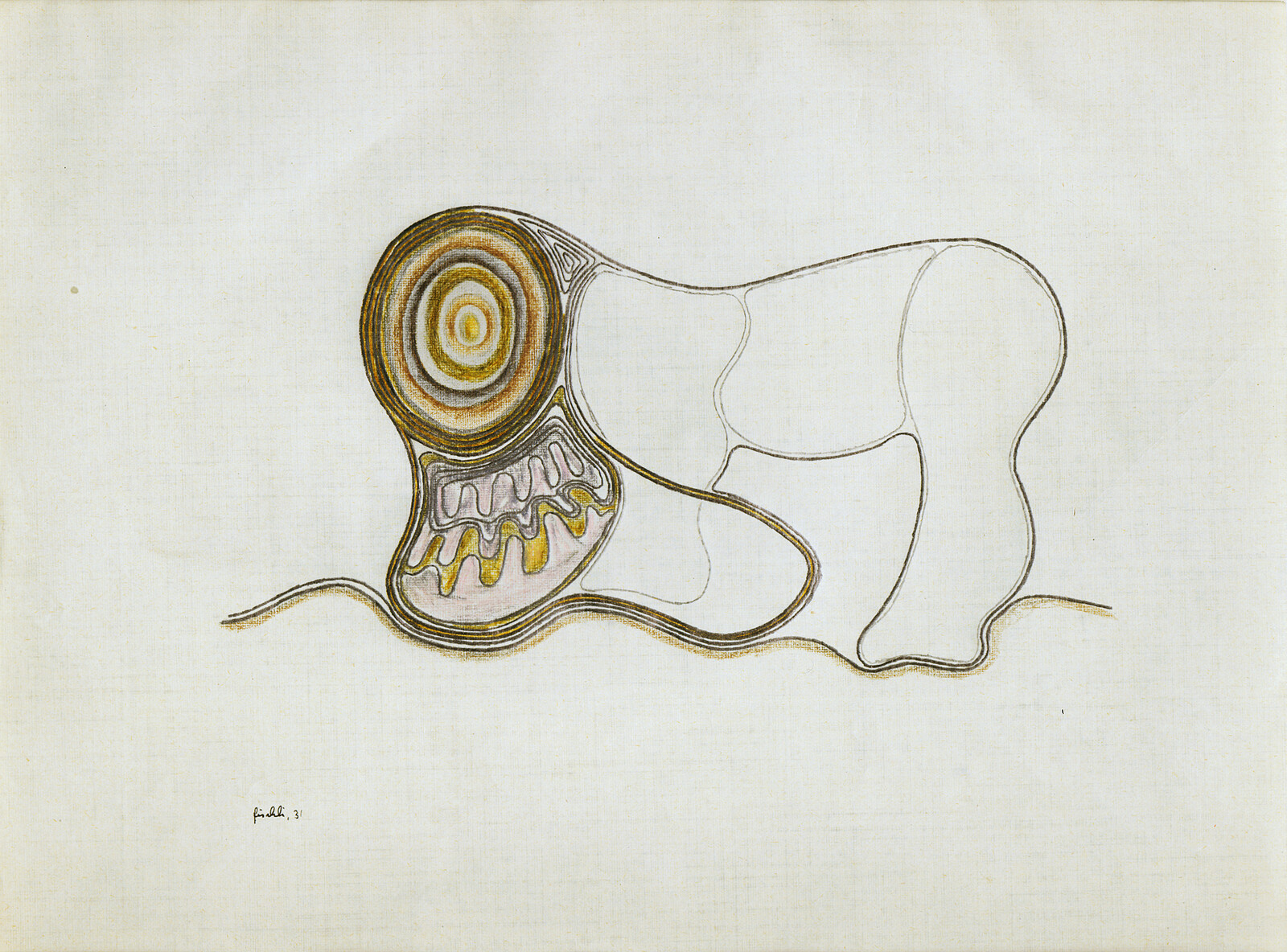In 2019, I started working on a project to reinforce a wall, which is still in progress. The wall divided the corridor from a room at Residency 80121, an artist run space in an old apartment in Naples, Italy. For this project I researched masonry anchor plates, a technique used since ancient Rome to reinforce masonry walls. The plates create horizontal compression, thereby increasing the wall’s shear strength. I was intrigued by how these exposed a structure’s vulnerability, and over time acquired sculptural quality and increasingly sophisticated decoration, even if that was technically a manifestation of weakness.
To brace is to relieve pressure, to hold the fracture in place while it endeavors to withstand time. To conceive of reparation as a means for substantiating loss… Here I’m thinking more specifically about a situation whereby an individual or an entity is being sued and ordered to pay damages, as a sort of temporal way to mitigate effect. But it just renders that point of weakness reliant, and therefore vulnerable. I first saw these brace systems in the Casbah of Algiers. Between streets where the building tops would almost touch. The braces held the buildings apart so you could walk under their berth. And while the Casbah has long been a space of contention, with ongoing negotiations on the social/economic equity of its restoration, it remains a sort of hallowed ground. It still somehow resists.
In this moment we are inhabiting a fracture; a timeline shift imposed by the plague during which new geopolitical enclosures are being nurtured. In Europe, Angela Merkel’s reign is almost over, and the pandemic has imposed a paradigm shift from German-led austerity policies. The European project is being reconsidered, and the Mediterranean’s invisible borders are being renegotiated; Italy is claiming its exclusive economic zone between Sardinia and Tunis, and even Russia is trying to get in on the action via Turkey and Libya. The new Italian government recently received a vote of confidence from the Senate. Populist and anti-EU leader from Lega Nord—who after Trump’s defeat are suddenly changing their rhetoric—still speak about a Europe centered on the values of Christianity. But the Europe I see from a Mediterranean perspective is syncretic: Islamic, Christian, Jewish, Sufist…
In many ways the landscape of the desert behaves much like the temperament of the sea: they both pertain to a sort of horizontal vertigo, the limitless possibility to go on without mark or measure. This is the landscape I chose to inhabit. I am dreaming of building these sorts of Ksars, chapels, or dwellings in the desert out of mud—the native, and until recently the only architectural technique in that region. It’s a practice of using the land’s own resources in situ to accommodate inhabitation until the structure naturally decays and falls back into the earth.
I spent the last New Year in Garet, a village in the Kabyle region of Algeria. Up on the hill, in the old part at the village’s edge, there remains a small house which is used only to receive travelers. It has a straw mat and an oil lamp placed in the hollowed-out mud window, which the traveler would light to let the village know of their presence. It was also a signal for the villagers to bring food and water to nourish the traveler before continuing on their journey. The ritual of hospitality and its practice lies at the core of spiritual life in all monotheistic religions. In Islam, hospitality is a triangulation between the host, the guest, and God.
What seduces me about building a Ksar is the idea that the qualities that make a place a habitat are more apparent in a harsh environment—the window carved into a mud wall to host a lamp signaling presence. When I was last in the desert, I took a picture of a ruin being turned back into a mound of earth and removed two black rectangles, reconstituting it as an enclosure, a space of hospitality. I see it as a manifestation of my sea-spun consciousness. If migration is the ultimate search for habitat, then habitation affects bodies. And the presence of bodies alters the meaning of materials. But the tools of the architect often prevent us from this kind of close emotional reading; this sensibility needs to be learned.
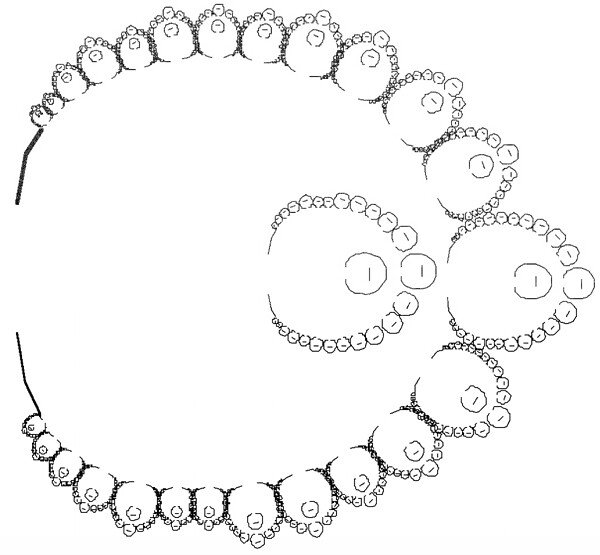

Plan drawing of the Ba-ila settlement in Northern Zambia. Source: Ron Eglash, “Fractals in African settlement architecture,” Complexity 4, no. 2 (1998).
When I look at the drawings that Ron Eglash made of the architecture of Ba-ila settlement in Northern Zambia, reading the details in the circles as entryways, I can’t help but think through the spatial delineation of labor, of public space in contract to private space. Does the closing of a door effectively release you from the liability of a space? Could “privacy,” in this sense, be achieved not by negating the gaze, but simply by shifting the position of the threshold? While fractal geometry benefits from this infinite order, it befits trust over proof.
I also look at African architecture to question how western architecture formed around the idea of Greek and Roman architecture as an embodiment of sophistication in abstraction, calculus, management, astrology, and descriptive geometry. By the same measure, African architecture and material culture reveals a deep understanding of fractal geometry, which was only formalized in the twentieth century due to its mathematical complexity. It’s a little bit like how we understand the present tense through language and its capacity to reset time. The Gregorian calendar was “set” by the moment of Jesus’s birth, which returned time to 1 (there is no 0, apparently). But the Chinese calendar refuses this authority over time, and instead counts sixty-year cycles in two phases, each of which are used sequentially.
The first is a celestial stem:
Jia (associated with growing wood)
Yi (associated with cut timber)
Bing (associated with natural fire)
Ding (associated with artificial fire)
Wu (associated with earth)
Ji (associated with earthenware)
Geng (associated with metal)
Xin (associated with wrought metal)
Ren (associated with running water)
Gui (associated with standing water)
The second, a terrestrial branch:
Zi (Rat)
Chou (Ox)
Yin (Tiger)
Mao (Rabbit)
Chen (Dragon)
Si (Snake)
Wu (Horse)
Wei (Sheep)
Shen (Monkey)
You (Rooster)
Xu (Dog)
Hai (Boar/pig)
So this year, 2021, is Xin Chou: wrought metal/ox. It’s cyclical underpinning allows for a certain complexity that should be looked at more closely, especially now, as we brace through these fractures and are looking for new tools to build for what’s ahead.
Confinement is a collaborative exhibition curated by gta exhibitions and e-flux Architecture, supported by the Adrian Weiss Stiftung and the ETH Zürich Foundation.
Category
Subject
This text was developed over the course of an email exchange and is presented in the first person singular, simulating a temporary shared consciousness the authors are using to discuss their loose collaboration over the last year.
Confinement is a collaborative exhibition curated by gta exhibitions and e-flux Architecture, supported by the Adrian Weiss Stiftung and the ETH Zürich Foundation.
